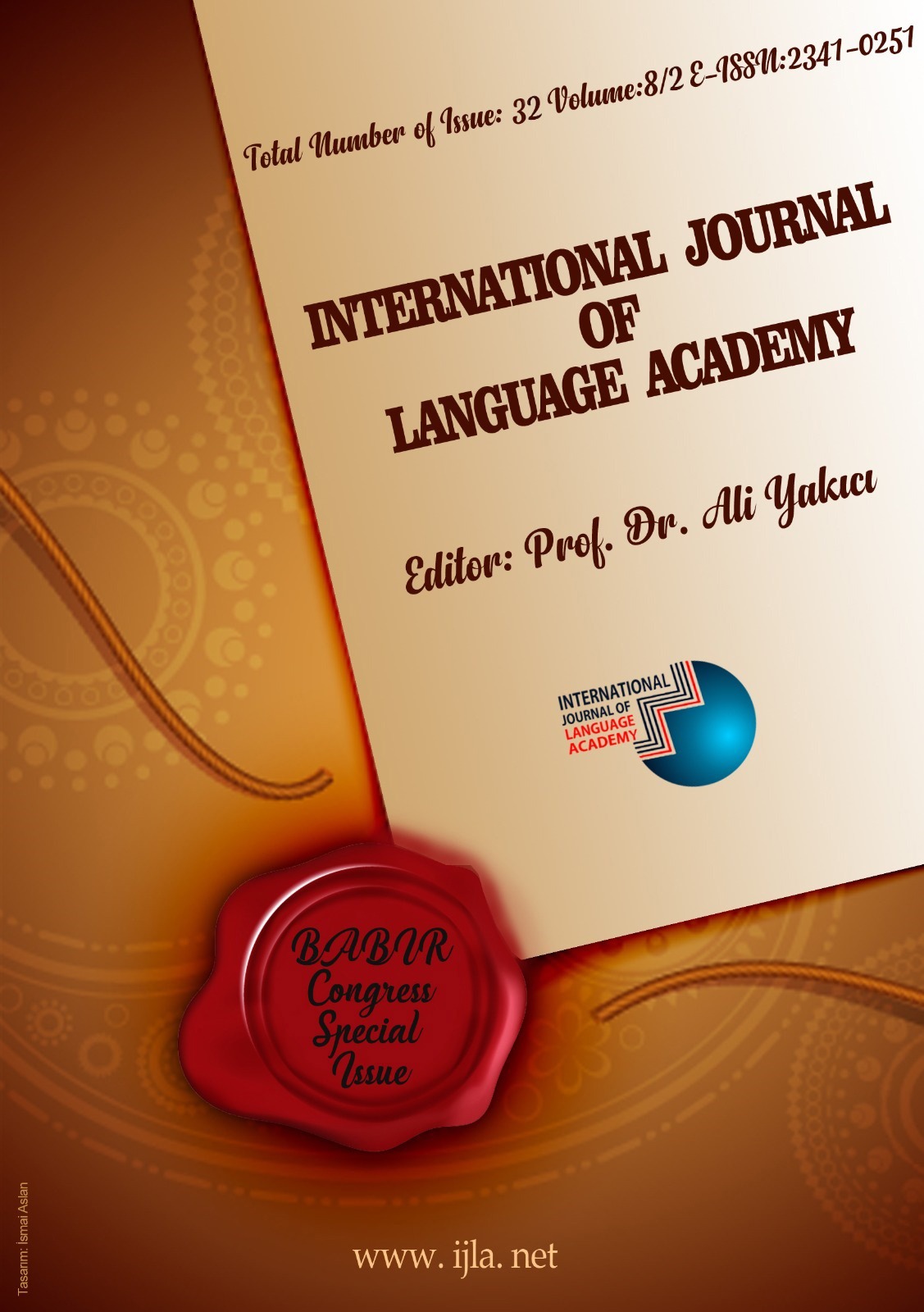Author :
Abstract
Learning more than one language is an asset to individuals, families and the entire society. Multilingual individuals have the opportunity to participate in the global community in more ways, pick up information from more places, and learn more about people from different cultures. Developing children’s home language prepares them to be literate and provides with many benefits to being bi or multilingual, makes their brain very active and flexible, supports them in maintaining strong ties with their environment and is a key indicator of school success. This paper sheds light on the six principles of the second language development, the child’s early language development, the developing child’s bi or multilingualism, the sequential acquisition of different languages, the children’s language learner strategies at primary schools, the advantages of being multilingual, , what can we do to support child’s multilingualism ,and finally, provides us with the cognitive development in multilingual children, and the effect of multilingualism on personality, cognitive and educational development.
Keywords
Abstract
Learning more than one language is an asset to individuals, families and the entire society. Multilingual individuals have the opportunity to participate in the global community in more ways, pick up information from more places, and learn more about people from different cultures. Developing children’s home language prepares them to be literate and provides with many benefits to being bi or multilingual, makes their brain very active and flexible, supports them in maintaining strong ties with their environment and is a key indicator of school success. This paper sheds light on the six principles of the second language development, the child’s early language development, the developing child’s bi or multilingualism, the sequential acquisition of different languages, the children’s language learner strategies at primary schools, the advantages of being multilingual, , what can we do to support child’s multilingualism ,and finally, provides us with the cognitive development in multilingual children, and the effect of multilingualism on personality, cognitive and educational development.
Keywords
- Al-Amri, M.N. (2013), Effects of Bilingualism on Personality, Cognitive and
- Al-Amri, M.N. (2013), Effects of Bilingualism on Personality, Cognitive andEducational Developments: A Historical Perspective. American Academic & Scholarly Research Journal. Vol. 5, No. 1. www.aasrc.org/aasrj.p.1
- Anton, M. 1999. The discourse of a learner-centered classroom: Socioculturalperspectives on teacher learner interaction in the second language classroom. The Modern Language Journal 83: 303-18.
- Baker C., 2001, Foundations of bilingual education and bilingualism: from birth to two years, Buffalo, NY: Multilingual Matters.
- Boysson-Bardies B., 1999, How language comes to children: from birth to two years, Cambridge, Mass.: MIT Press.
- Coelho E., 2012, Language and learning in multilingual classrooms: a practical approach, Bristol, UK: Multilingual Matters.
- Cohen, A.D. and E. Macaro eds. 2007. Language learner strategies. Oxford: Oxford Applied Linguistics.
- Cunningham-Andersson U., Andersson S., 2004, Growing up with two languages: a practical guide, London: Routledge.
- Dodman, M. (2016). Building multilingual learning environments in early yearseducation. Institute of Interdisciplinary Research on Sustainability, University ofTurin, Italy. Ricerche di Pedagogia e Didattica – Journal of Theories and Research in Education 11, 1 (2016).
- Donato, R. and D. McCormick. 1994. A sociocultural perspective on languagelearning strategies: The role of mediation. The Modern Language Journal 78: 453- 63.
- Fierro-Cobas, V. & Chan, E. (2001). Language Development in Bilingual Children:A Primer for Pediatricians. Contemporary Pediatrics. Vol. 18. No. 7. , p.80.83
- Kharkhurin A.V., 2012, Multilingualism and creativity, Bristol, UK: Multilingual Matters.
- Konishi, k.; Kanero, J.; Freeman, .R.; Michnick Golinkoff, R. & Hirsh- Pasek, K.(2014). Six Principles of Language Development: Implications for Second Language Learners, Developmental Neuropsychology, 39:5, 404-420,
- Liquan, L. (2013). The Effects of Bilingualism on Infant Language Development:The Acquisition of Sounds and Words. LOT, Trans http://www.lotschool.nl. p.1Min Z., 1997, Growing up American: the challenge of confronting immigrant
- Scarcella, R.C. and R. Oxford. 1992. The tapestry of language learning: The individual in the communicative classroom. Boston: Heinle.
- Schneider, E., & Evers, T. (2009). Linguistic intervention techniques for at-risk English language learners. Forgien Language Annals, 42(1), 55–76.
- Tokuhama-Espinosa T., 2001, raising multilingual children: foreign language acquisition and children. Westport, Conn.: Bergin.
